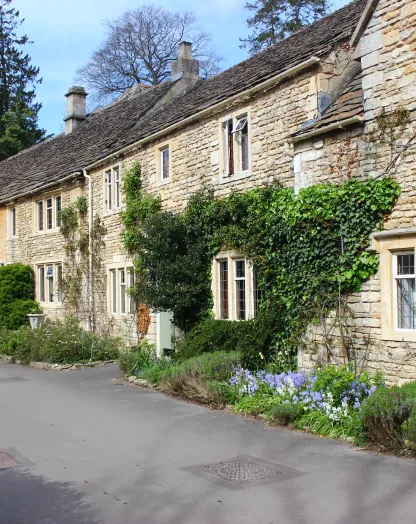Portrait of Catherine Dickens confirmed to be genuine
A portrait of Catherine Dickens, wife of author Charles Dickens, has been authenticated following doubts as to its provenance earlier this year.
Owned by the Charles Dickens Museum in London, the portrait was believed to be the work of prominent Victorian artist Daniel Maclise. However, the crudity of the work in comparison to his other achievements, paired with gaps in the painting’s records, cast uncertainty over its authenticity.
The Guardian has revealed that, following extensive testing at the Hamilton Kerr Institute – the Fitzwilliam Museum in Cambridge’s conservation department – the work is indeed a genuine portrait by Maclise.
An x-ray and infrared scan were used to assess the artwork. What they revealed was an original work by Maclise – including his initial sketch in charcoal – that has since been painted over. It has been suggested that the overpainting, which covers up to 70 per cent of the original work, was part of an effort to hide a poor attempt at cleaning the picture, the publication states.
The x-ray helped reveal the details of the painting in its original glory. These include elements completely concealed by the overpainting, such as a hair clip.
Depicting Catherine shortly after she met future husband Charles, the portrait shows her wearing her engagement ring and working on a piece of embroidery. It is believed to date from 1847, based on the fact that a £55 payment from Dickens to Maclise was recorded at this time.
Director of the Charles Dickens Museum Cindy Sughrue is hoping to raise enough money to restore the work in full.
“It’s a great relief to know that most of the original painting is still there and we should be able to recover it,” stated museum curator Louise Price to the Guardian, having explained that “anyone could see looking at [the painting] that it wasn’t quite right”.
Should restoration go ahead, the painting will add to Maclise’s existing portfolio of impressive works. Born in 1806, Daniel Maclise was an Irish painter who played a central role in the early phase of Irish revival.
While he retained an interest in Irish themes throughout his life, he moved to London in 1827, where he soon joined the prestigious Royal Academy. His life in London took him into literary circles, and he struck up a friendship with Dickens, among others, while his work from the 1830s onwards took on literary themes.
Indeed, the artist is known for his fascination with the theatre and the work of Shakespeare. However, he is best known for his mural works in the Houses of Parliament, The Spirit of Chivalry and The Spirit of Justice, as well as his vast war paintings.



